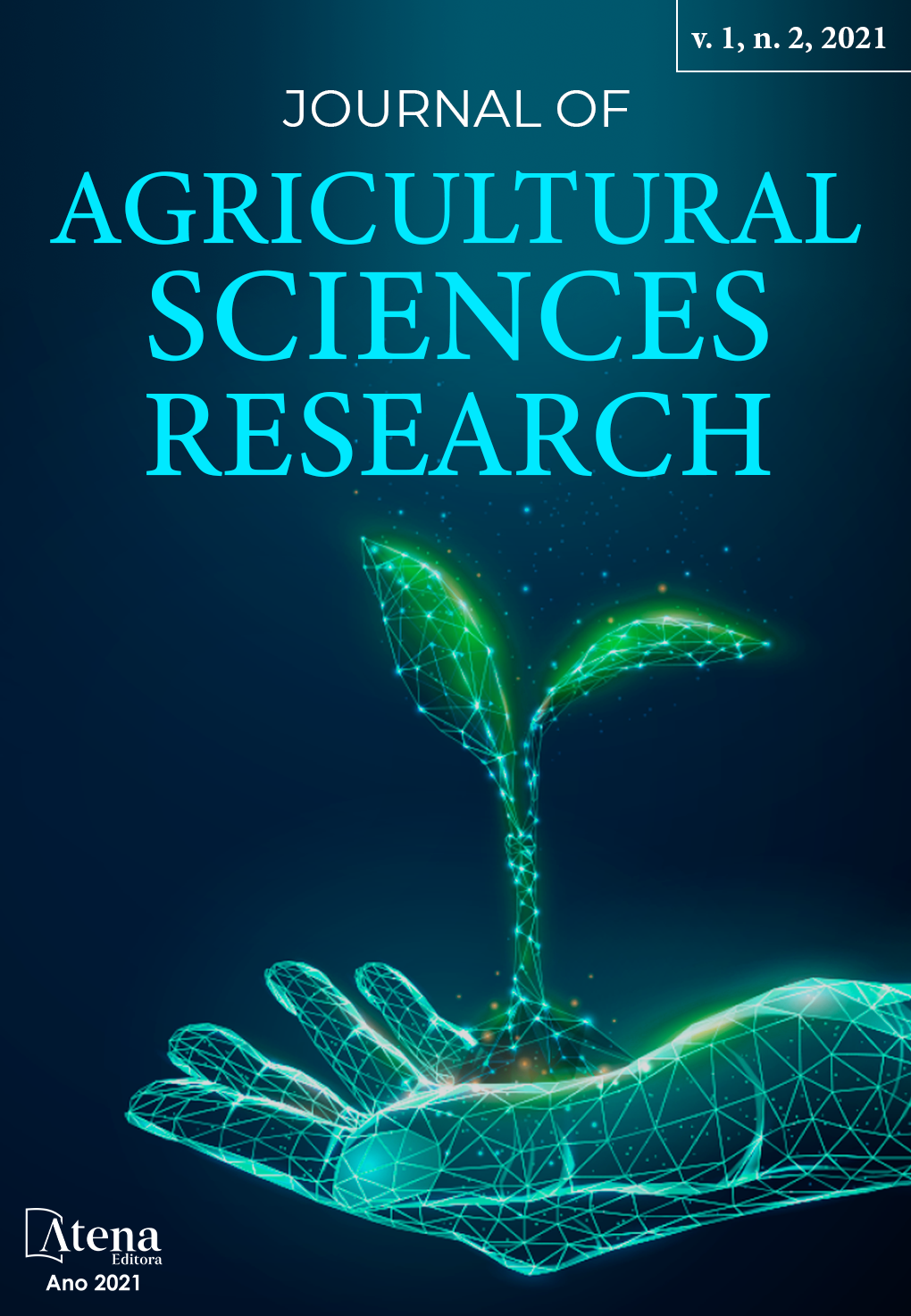
MICROBIOLOGICAL QUALITY OF HONEY FROM FAMILY AGRICULTURE IN THE DISTRICT OF CANTAGALO-RIO DAS OSTRAS-RJ
Honey is a high-quality food, rich in energy and countless other substances that are beneficial to the balance of the body's biological processes, such as phenolic compounds, amino acids, vitamins, mineral salts, organic acids and enzymes, which attribute therapeutic effects to the product. Honey, along with other bee products, is associated with an image of a natural, healthy and safe product. However, during handling, packaging and storage, microbiological contamination or fraud can occur. In this context, this study aimed to diagnose the physical-chemical and microbiological quality of honey samples produced in family units located in agrarian settlement areas in the district of Cantagalo, Rio das Ostras-RJ. The microbiological analyzes performed were, Counting of Total and Thermotolerant Coliforms, fungi and yeasts,
Staphylococcus coagulase-positive, Clostridium spp. and Bacillus spp. and detection ofSalmonella spp. The physicochemical analyzes performed were moisture, acidity and total soluble solids. Six samples of two different lots of honey were evaluated, and for all these there was no Salmonella, of Clostridium reducing sulphites and Total and Thermotolerant Coliforms. In the analysis of mesophiles, Bacillus cereus, Sthaphyloccus and fungi and yeasts, positive isolation results were obtained, but the counts were lower than the counting confidence criterion, which establishes a minimum number of 25 CFU/mL. Regarding the physicochemical analyses, there was a change in acidity in 50% of the samples, the other physicochemical parameters are in accordance with legislation.
MICROBIOLOGICAL QUALITY OF HONEY FROM FAMILY AGRICULTURE IN THE DISTRICT OF CANTAGALO-RIO DAS OSTRAS-RJ
-
DOI: 10.22533/at.ed.9732111115
-
Palavras-chave: Honey; quality, hygienic-sanitary markers and family production.
-
Keywords: Honey; quality, hygienic-sanitary markers and family production.
-
Abstract:
Honey is a high-quality food, rich in energy and countless other substances that are beneficial to the balance of the body's biological processes, such as phenolic compounds, amino acids, vitamins, mineral salts, organic acids and enzymes, which attribute therapeutic effects to the product. Honey, along with other bee products, is associated with an image of a natural, healthy and safe product. However, during handling, packaging and storage, microbiological contamination or fraud can occur. In this context, this study aimed to diagnose the physical-chemical and microbiological quality of honey samples produced in family units located in agrarian settlement areas in the district of Cantagalo, Rio das Ostras-RJ. The microbiological analyzes performed were, Counting of Total and Thermotolerant Coliforms, fungi and yeasts,
Staphylococcus coagulase-positive, Clostridium spp. and Bacillus spp. and detection ofSalmonella spp. The physicochemical analyzes performed were moisture, acidity and total soluble solids. Six samples of two different lots of honey were evaluated, and for all these there was no Salmonella, of Clostridium reducing sulphites and Total and Thermotolerant Coliforms. In the analysis of mesophiles, Bacillus cereus, Sthaphyloccus and fungi and yeasts, positive isolation results were obtained, but the counts were lower than the counting confidence criterion, which establishes a minimum number of 25 CFU/mL. Regarding the physicochemical analyses, there was a change in acidity in 50% of the samples, the other physicochemical parameters are in accordance with legislation.
-
Número de páginas: 25
- Larissa Aguiar de Moraes
- Mariana de Azevedo Souza
- Regina Maria Finger
- Flávia Beatriz Custódio
- Francisco Martins Teixeira
- Ingrid Annes Pereira


